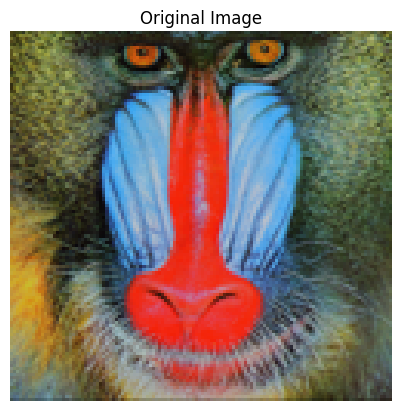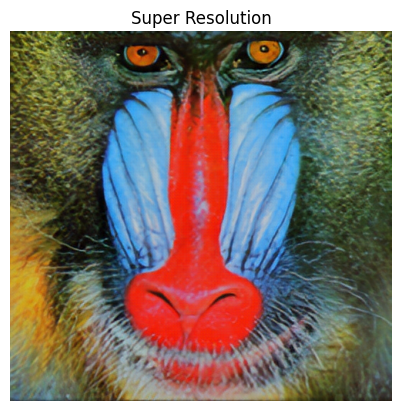The last few years have seen a rise in novel differentiable graphics layers which can be inserted in neural network architectures. From spatial transformers to differentiable graphics renderers, these new layers leverage the knowledge acquired over years of computer vision and graphics research to build novel and more efficient network architectures.
What is Super Resolution?
Super resolution refers to the process of enhancing the resolution and quality of an image. It involves generating a high-resolution (HR) image from a low-resolution (LR) input image. Traditional interpolation methods, such as bilinear or cubic interpolation, can be used to increase the size of the LR image, but the results often lack sharpness and fine details. Deep learning-based approaches, on the other hand, have demonstrated remarkable success in producing photo-realistic HR images.
TensorFlow Lite:
TensorFlow Lite is a lightweight version of the popular TensorFlow framework, specifically designed for mobile and embedded devices. It allows us to deploy and run machine learning models efficiently on Android devices, making it an ideal choice for implementing AI-powered features in mobile applications.
Implementing Super Resolution in Android using TensorFlow Lite:
To implement super resolution in an Android application using TensorFlow Lite, we will follow these steps:
Preparing the Model: TensorFlow Hub provides various pre-trained deep learning models, including models for super resolution. We can choose a suitable model, such as Enhanced Super Resolution Generative Adversarial Networks (ESRGAN), and download it.
Converting the Model to TensorFlow Lite Format: We need to convert the downloaded model to the TensorFlow Lite format (.tflite) using the TensorFlow Lite Converter. This conversion process optimizes the model for mobile deployment and reduces its size while preserving its functionality.
Integrating TensorFlow Lite into the Android App: Once we have the TensorFlow Lite model, we can integrate it into our Android application. This involves adding the model file to the app’s assets folder and writing the necessary code to load and run the model using the TensorFlow Lite Interpreter.
Super Resolution Inference: With the TensorFlow Lite model successfully integrated, we can now perform super resolution on LR images in real-time. We can capture images using the device’s camera or select images from the gallery and pass them through the model for super resolution. The resulting HR images can be displayed to the user or saved to the device.
With the advancements in deep learning and the availability of powerful tools like TensorFlow Lite, implementing Super Resolution in Android applications has become more accessible than ever. By leveraging TensorFlow Lite and pre-trained models like ESRGAN, we can generate high-resolution images with fine details and realistic textures directly on our mobile devices. This opens up a wide range of possibilities for enhancing the visual quality of images in various applications such as photography, image editing, and mobile gaming.




